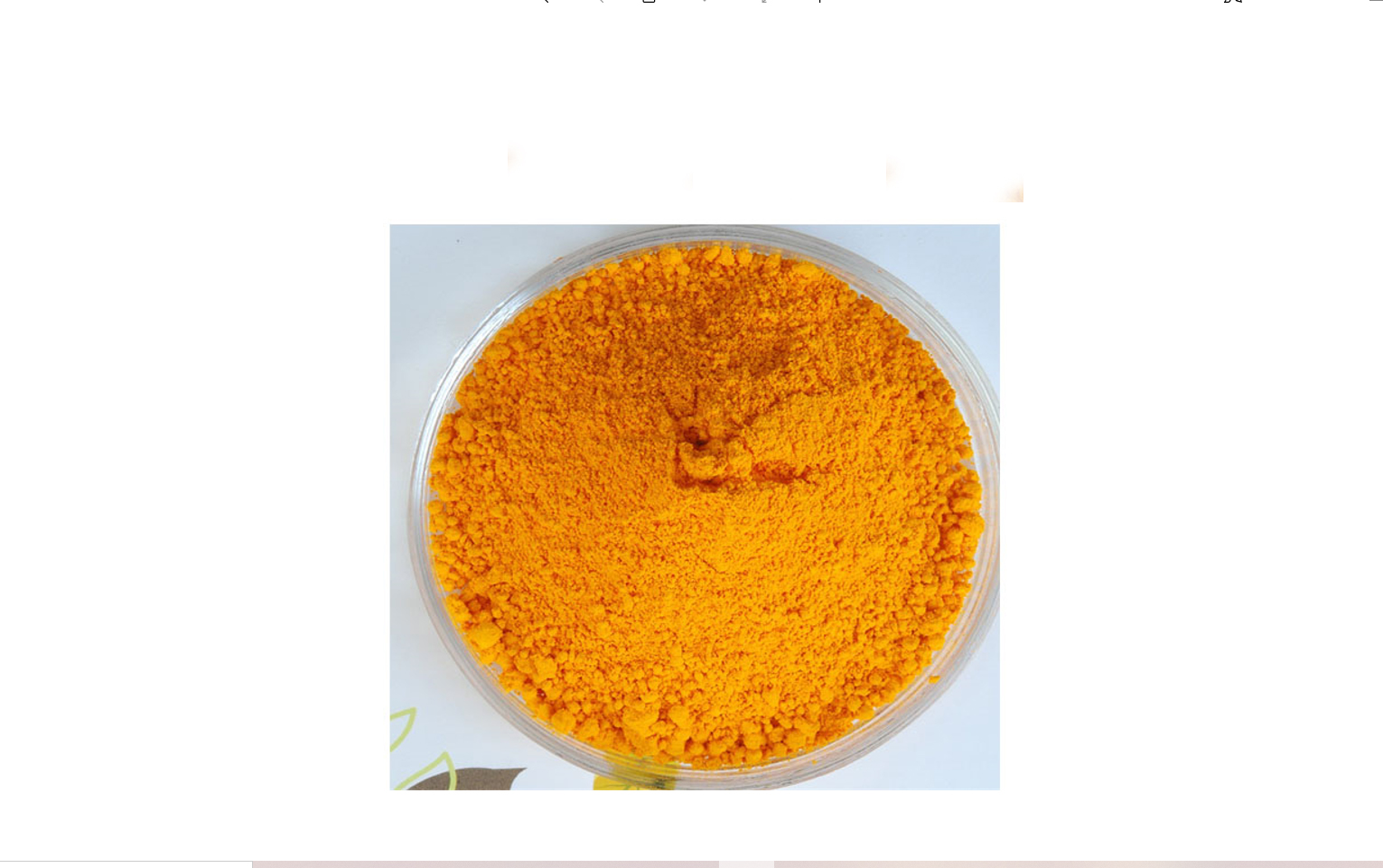-
Categories
-
Pharmaceutical Intermediates
-
Active Pharmaceutical Ingredients
-
Food Additives
- Industrial Coatings
- Agrochemicals
- Dyes and Pigments
- Surfactant
- Flavors and Fragrances
- Chemical Reagents
- Catalyst and Auxiliary
- Natural Products
- Inorganic Chemistry
-
Organic Chemistry
-
Biochemical Engineering
- Analytical Chemistry
-
Cosmetic Ingredient
- Water Treatment Chemical
-
Pharmaceutical Intermediates
Promotion
ECHEMI Mall
Wholesale
Weekly Price
Exhibition
News
-
Trade Service
Figure: The monitoring portion of this wearable device is designed to continuously track the health of the human heart simultaneously through dual signals – electrocardiogram (ECG) that measures the electrical signals of the heart and cardiography (SCG),
which measures the vibration of the heart.
Photo credit: Pate McCuien/University of Missouri
While heart disease is the leading cause of death in the United States, most people can be treated
with early detection and timely intervention.
That's why Yan and a team of researchers at the University of Missouri are using a $2.
6 million grant from the National Institutes of Health (NIH) to help create a vent with antibacterial and antiviral properties to support the team's ongoing development
of a multifunctional, wearable heart monitor.
The wearable device is designed to continuously track the health of the human heart simultaneously through dual signals – an electrocardiogram (ECG) that measures the electrical signals of the heart and a cardiogram (SCG)
that measures the vibration of the heart.
After these signals are recorded on electronic devices, this information can be shared with the patient's healthcare provider to help identify potential warning signs
associated with heart disease.
Professor Zheng Yan, an assistant professor in the departments of biomedical science, biological and chemical engineering and mechanical and aerospace engineering, said the device is designed for personalized healthcare
.
"We want to provide comprehensive information about a person's heart condition, the effects of which often happen unexpectedly, so it is important
to have continuous, long-term monitoring for early detection and timely intervention.
" We hope this helps reduce the number of deaths from heart disease in the
United States.
”
Because the breathable material wraps around the device, it may stay on a person's skin for at least a few weeks, or even a month, Yan said, adding that the material's combined antibacterial and antiviral properties could help prevent harmful bacteria and viruses from forming
on the surface of the skin under the device.
The breathability of this material also helps to reduce the loss
of accurate signals when sweating.
Another benefit, Yan says, is the material's ultra-soft properties
.
"Under the microscope, our skin is not flat," Yan said
.
"Therefore, ultra-soft materials can form what we call conformal contact, which is very important for us because we want to have a high degree of accuracy
in recording signals about the electrical activity of the human heart.
"
Similar devices that currently exist typically monitor the human heart only through electrocardiograms, with limited long-term use, Yan said
.
Currently, the device is a small wired patch that connects to a small data processor that can be attached to a person's shirt, and the researchers hope to one day develop a wireless version
.







